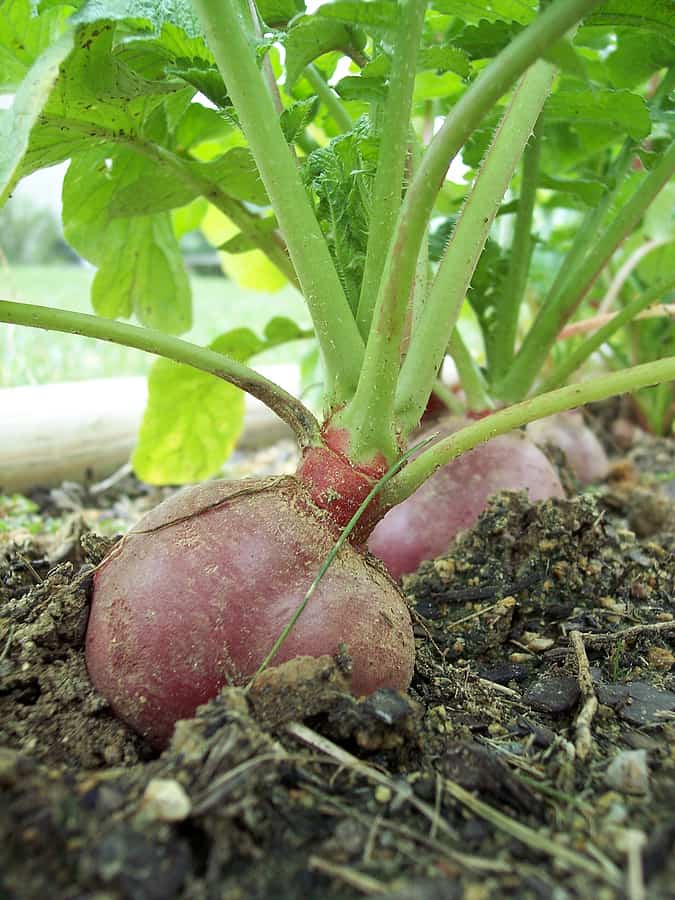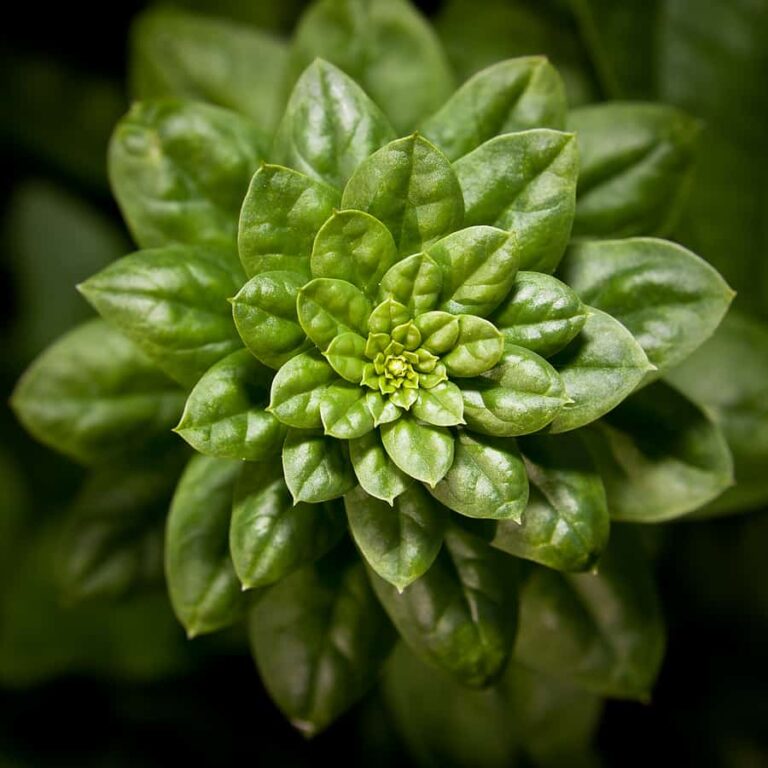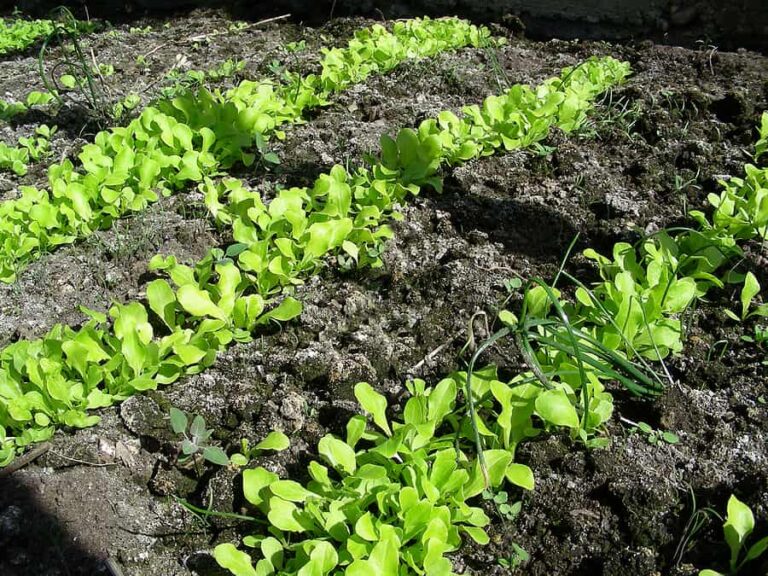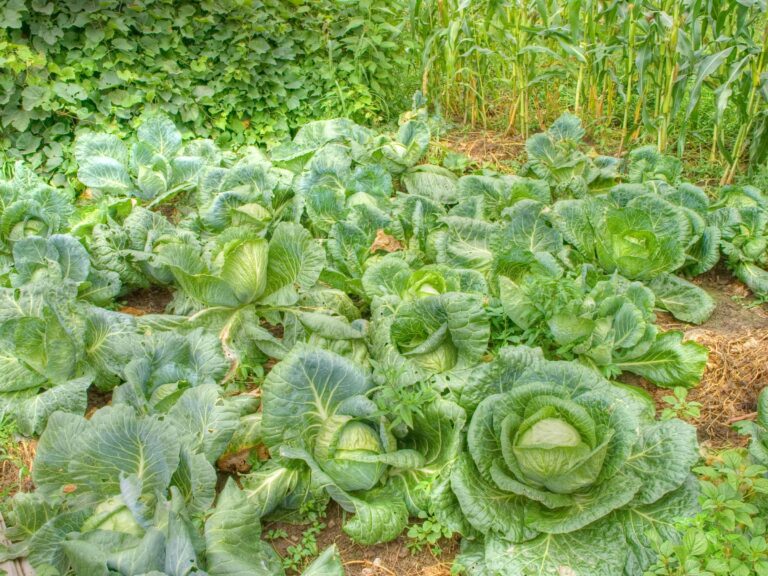Common Radish Pests and Diseases: How to Control Them Naturally
Radishes are a cool weather crop that will tolerate some heat. Sow radishes in the garden as soon as the soil can be worked in spring and plant succession crops every 10 days until the end of spring. Lifting radishes as soon as they are large enough to eat is important. Radishes that stay too…






